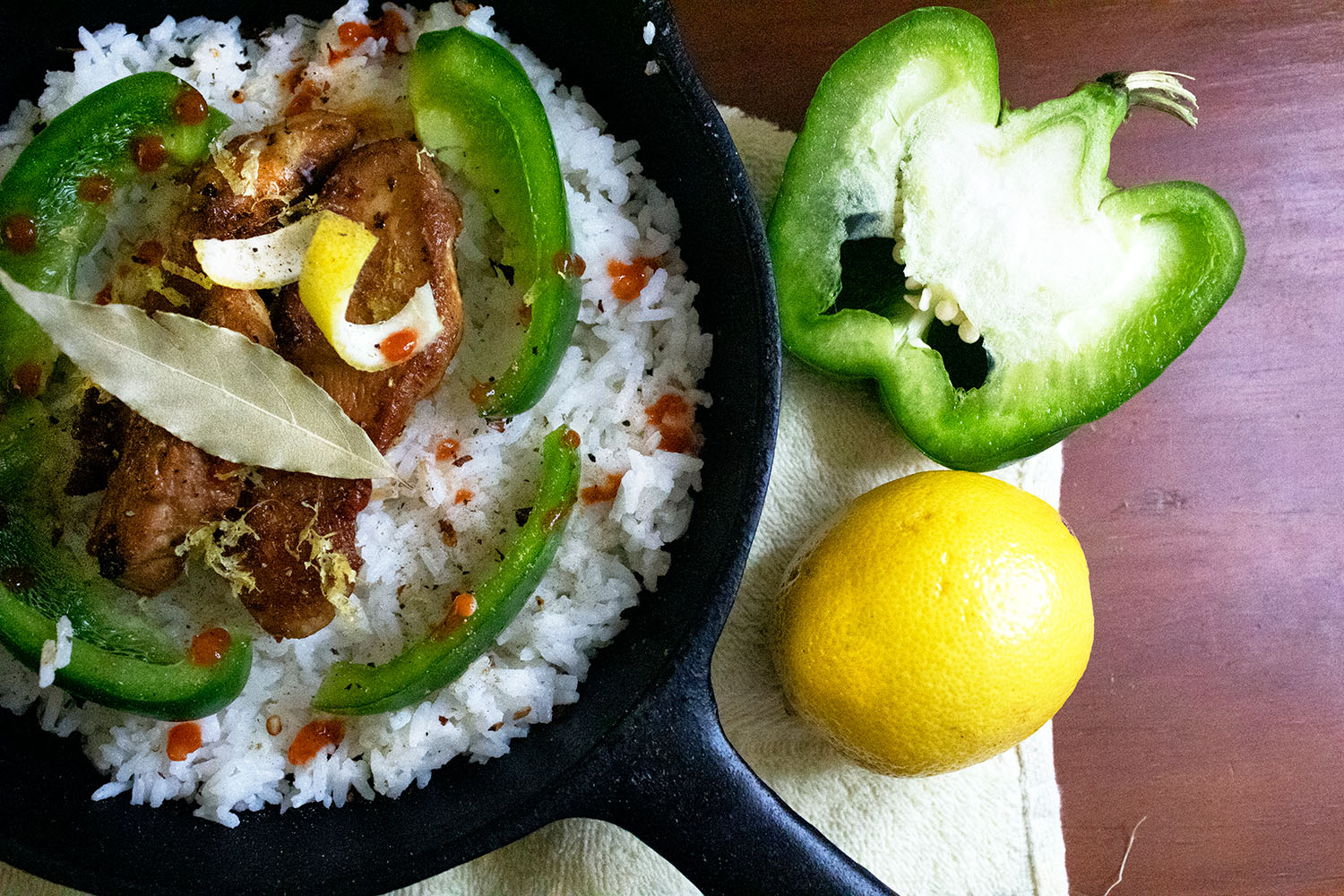Cooking (ahead) for one
November 17, 2020
The air is turning cooler as you race to DSU to face the ungodly long line at Chick-Fil-A. You barely beat the lunch rush and an employee calls your name for the third chicken sandwich you’ve had in four days. There’s got to be more than this. Maybe next time you could try something else on the menu, or perhaps even better, you could have a homemade meal waiting patiently in your fridge.
Meal prepping — planning and preparing dishes in advance — can be a beneficial addition to the hectic schedule of a college student. The simplicity of a quick 30-second reheat can save you time you’d otherwise spend in line waiting to order, and because you can control the ingredients, your home-cooked meals can be healthier and more cost efficient. On the other hand, meal prepping can also feel like a chore since it requires carefully planning grocery lists and spending a few hours preparing the food. Not to mention — cooking can be just plain intimidating!
A common roadblock for those debating whether or not to start meal prepping is the struggle of deciding what to cook and how to make it healthy. Macronutrients, or “macros”, are a common way to measure the nutritional value of your meals. For everyone ages 19-30, the Office of Disease Prevention and Health Promotion recommends the following daily portions of macronutrients:
1. Protein: 46-56 grams or 10-35% of daily calorie intake
- Fish
- Poultry
- Eggs
- Nuts
- Beans
- Tofu
2. Carbohydrates: 130 grams or 45-65% of daily calorie intake
- Grains: Rice, whole wheat bread, pasta
- Fruits and vegetables
3. Fat: 20-35% of daily calorie intake
- Avocado
- Olive oil
- Nuts
- Eggs
A trip to the grocery, a simple skillet, a pot and a tupperware set are all you need to start cooking up a storm in your dorm’s kitchen. The meals you make don’t have to be elaborate and can easily incorporate all the necessary macronutrients. Common meal prep dishes follow three simple formulas:
1. Basic = Protein + Grain + Vegetable
2. Low-Carb = Protein + Vegetable + Vegetable
3. Vegetarian = Legume + Grain + Vegetable

























